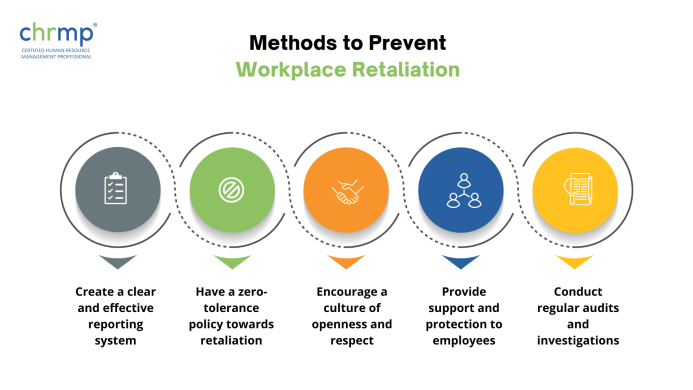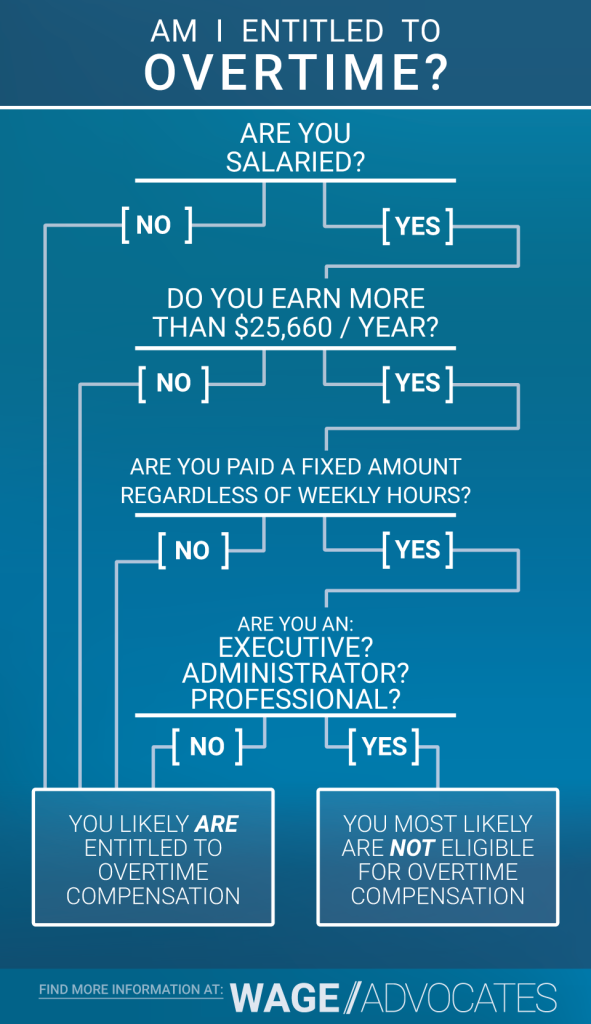
How to Create a Winning Talent Acquisition Strategy: Your Beginner’s Guide to Attracting Top Talent
In today’s competitive job market, simply posting a job ad and hoping for the best isn’t enough. To truly thrive, businesses need a deliberate and proactive approach to finding and hiring the right people. This is where a Talent Acquisition Strategy comes in.
If you’re new to the world of HR or looking to improve your company’s hiring game, this comprehensive guide will break down how to create a robust talent acquisition strategy, step-by-step, in a way that’s easy to understand.
What Exactly is a Talent Acquisition Strategy?
Let’s start with the basics.
At its core, a Talent Acquisition (TA) Strategy is a long-term plan that outlines how your organization will find, attract, engage, and hire the skilled individuals it needs to achieve its business goals.
Think of it like a detailed roadmap for your hiring journey. It’s not just about filling immediate job openings; it’s about building a sustainable pipeline of talent, enhancing your company’s reputation as an employer, and ensuring you always have the right people in the right roles.
It’s more than just "recruitment":
While recruitment is a key part of talent acquisition, TA is broader. Recruitment often focuses on the tactical process of filling a specific role (e.g., writing a job description, interviewing). Talent acquisition, however, is strategic – it looks at the bigger picture, future needs, employer branding, and long-term talent pipelines.
Why Do You Need a Talent Acquisition Strategy?
You might be thinking, "Can’t I just keep hiring the way I always have?" While you can, having a well-defined strategy offers significant advantages:
- Attracts Higher Quality Candidates: A clear strategy helps you pinpoint and appeal to the best talent, not just those who happen to see your ad.
- Reduces Time-to-Hire: By having processes in place and a talent pipeline ready, you can fill critical roles much faster.
- Lowers Hiring Costs: Efficient processes and reduced reliance on expensive agencies can save your company money in the long run.
- Boosts Employer Brand: A positive and consistent hiring experience enhances your reputation, making more people want to work for you.
- Improves Candidate Experience: A structured approach ensures candidates have a positive interaction with your company, even if they don’t get the job.
- Enhances Employee Retention: When you hire the right people who fit your culture and values, they’re more likely to stay, reducing turnover.
- Gives You a Competitive Edge: In a tight labor market, companies with strong TA strategies win the talent war.
- Supports Business Growth: Having a talent pipeline ensures your company can scale and adapt to new opportunities.
The Step-by-Step Guide to Creating Your Talent Acquisition Strategy
Ready to build your own talent acquisition masterpiece? Let’s dive into the practical steps.
Step 1: Assess Your Current State & Future Needs
Before you can plan where you’re going, you need to know where you are and where you need to be.
- Analyze Current Workforce:
- What are your current employees’ skills?
- Where are your skill gaps?
- Who is likely to retire or leave in the coming years?
- What roles are hard to fill?
- Understand Business Goals & Future Needs:
- What are your company’s strategic objectives for the next 1-3 years? (e.g., expand into new markets, launch new products, grow by X%).
- What new skills or roles will be required to achieve these goals?
- Will you need more full-time, part-time, or contract employees?
- Review Past Hiring Data:
- How long does it typically take to fill a role (Time-to-Hire)?
- What is your Cost-per-Hire?
- What’s the quality of your recent hires (e.g., their performance, retention rate)?
- Which sourcing channels (job boards, referrals, etc.) have worked best/worst?
Beginner Tip: Don’t get overwhelmed by data! Start simple. Talk to department heads about their upcoming projects and hiring needs. Look at your last year’s hiring numbers.
Step 2: Define Your Employer Value Proposition (EVP) & Strengthen Your Employer Brand
Your Employer Value Proposition (EVP) is what makes your company an attractive place to work. It’s the unique combination of benefits, compensation, career opportunities, and culture that an employee receives in return for their contributions.
Your Employer Brand is how your company is perceived as an employer in the market. It’s built on your EVP and communicated through all your interactions.
- Identify Your Unique Selling Points (USPs) as an Employer:
- What makes your company special? (e.g., great culture, innovative projects, strong benefits, work-life balance, career growth, impact on society).
- Why do your current employees love working for you? (Ask them!).
- Craft Your EVP Message:
- Turn your USPs into compelling statements that resonate with your target candidates.
- Example: "Join us to innovate at the forefront of AI, enjoy flexible work, and grow your career with a supportive team."
- Promote Your Employer Brand:
- Your Career Page: Make it engaging, show employee testimonials, videos, and clear information about your culture.
- Social Media: Share company culture, employee spotlights, behind-the-scenes glimpses.
- Review Sites: Actively manage and respond to reviews on Glassdoor, Indeed, etc. Encourage happy employees to leave reviews.
- Employee Advocacy: Encourage current employees to share their positive experiences.
Beginner Tip: Your employees are your best brand ambassadors! Involve them in defining your EVP. What do they value most about working for you?
Step 3: Identify Your Target Candidates & Sourcing Channels
You can’t catch fish if you don’t know what kind of fish you’re looking for and where they swim!
- Create Candidate Personas:
- Beyond just a job description, build a profile of your ideal candidate for key roles.
- Think about: Their skills, experience, education, career aspirations, values, where they spend time online, what motivates them, what challenges they face.
- Research & Select Sourcing Channels:
- Where do your target candidates look for jobs?
- Online Job Boards: LinkedIn, Indeed, Glassdoor, industry-specific boards.
- Professional Networking Sites: LinkedIn, industry forums, Slack communities.
- Employee Referral Programs: Often the best source for quality hires. Reward employees for successful referrals.
- Direct Sourcing/Headhunting: Proactively reaching out to passive candidates (those not actively looking).
- Social Media: Twitter, Facebook, Instagram (depending on your industry/role).
- University Partnerships: For entry-level or intern roles.
- Industry Events/Conferences: Great for networking and identifying experts.
- Internal Mobility: Don’t forget to look within your own company first!
Beginner Tip: Start with 2-3 key channels that have shown promise in the past, and experiment with one new one. Don’t try to be everywhere at once.
Step 4: Design an Exceptional Candidate Experience
A positive candidate experience is crucial, regardless of whether they get the job. It impacts your employer brand and can even turn candidates into customers.
- Streamline the Application Process:
- Make it easy and mobile-friendly. Avoid overly long forms.
- Clearly state what’s required.
- Maintain Clear & Timely Communication:
- Acknowledge applications immediately.
- Provide updates on their status.
- Give realistic timelines for next steps.
- Never "ghost" candidates – always send a polite rejection if they’re not moving forward.
- Structure the Interview Process:
- Define interview stages and who will be involved.
- Ensure interviewers are trained and ask consistent, relevant questions.
- Provide feedback to candidates where appropriate and legally permissible.
- Personalize Interactions:
- Use their name. Refer to their unique skills or experiences.
- Show genuine interest.
- Provide a Great Offer & Onboarding:
- Present offers clearly and answer all questions.
- Ensure a smooth transition from candidate to new hire. (More on this in Step 7).
Beginner Tip: Put yourself in the candidate’s shoes. What would make you feel valued and respected throughout the hiring process? Ask for feedback from candidates (even rejected ones).
Step 5: Leverage Technology & Tools
Technology can significantly boost the efficiency and effectiveness of your talent acquisition efforts.
- Applicant Tracking Systems (ATS):
- Manages job postings, applications, candidate communication, and interview scheduling.
- Essential for tracking progress and ensuring no candidate falls through the cracks.
- Examples: Workable, Greenhouse, Lever, Zoho Recruit.
- Candidate Relationship Management (CRM) Systems:
- Helps you build and nurture relationships with potential candidates before there’s an opening.
- Great for building talent pipelines.
- AI-Powered Tools:
- Resume screening (to identify best matches).
- Chatbots for initial candidate inquiries.
- Interview scheduling automation.
- Video Interviewing Platforms:
- For remote candidates or initial screening.
Beginner Tip: You don’t need all the fancy tools at once. Start with a good ATS if you don’t have one. Many small businesses use simpler HR software that includes ATS features.
Step 6: Develop Your Interview & Selection Process
This is where you move from attracting talent to identifying the best fit.
- Standardize Interview Questions:
- Use structured interviews to ensure fairness and consistency.
- Focus on behavioral questions (e.g., "Tell me about a time when…") to understand past performance.
- Include questions that assess cultural fit and values alignment.
- Implement Skills Assessments:
- For technical roles, consider coding tests, design challenges, or case studies.
- For other roles, presentation tasks or role-playing can be effective.
- Train Your Interviewers:
- Ensure they understand interview best practices, how to identify bias, and how to represent your company well.
- Make Data-Driven Decisions:
- Use objective criteria for evaluating candidates.
- Involve multiple interviewers to get diverse perspectives.
Beginner Tip: For small teams, even a simple shared rubric for interviewers can make a big difference in standardizing the process and reducing bias.
Step 7: Plan for Onboarding & Retention (Beyond the Hire)
While technically part of Talent Management, a great Talent Acquisition Strategy considers what happens after the offer is accepted. A smooth onboarding and a focus on retention reinforce the positive experience and ensure your new hire stays.
- Pre-boarding: Activities before the first day (paperwork, welcome email, team introductions).
- Structured Onboarding: A plan for the first 30, 60, 90 days to integrate the new hire into the team and culture.
- Focus on Retention: A strong TA strategy reduces turnover by hiring people who are a good fit from the start.
Beginner Tip: Even a simple welcome kit or a buddy system for new hires can make a huge difference in their first impression and long-term engagement.
Step 8: Define Metrics & Measure Success
How will you know if your strategy is working? You need to measure it!
- Key Talent Acquisition Metrics:
- Time-to-Hire: The number of days from job opening to offer acceptance.
- Cost-per-Hire: Total recruiting costs divided by the number of hires.
- Quality of Hire: A measure of how well new hires perform (e.g., performance reviews, retention rates, manager feedback).
- Source of Hire: Which channels are bringing in the best candidates?
- Offer Acceptance Rate: Percentage of offers accepted.
- Candidate Satisfaction: Feedback from candidates (can be measured via surveys).
- New Hire Retention Rate: Percentage of new hires still with the company after 90 days or 1 year.
- Regular Reporting:
- Set up a system to track these metrics consistently.
- Review them regularly (monthly/quarterly) to identify trends and areas for improvement.
Beginner Tip: Don’t try to track everything at once. Pick 2-3 key metrics that are most important to your business right now (e.g., Time-to-Hire, Quality of Hire) and track those diligently.
Step 9: Review, Adapt, and Optimize Continuously
The world of work is constantly changing. Your talent acquisition strategy shouldn’t be static.
- Schedule Regular Reviews:
- Annually, or even quarterly, revisit your strategy.
- Are your business needs still the same?
- Are your sourcing channels still effective?
- Is your EVP still relevant?
- Gather Feedback:
- From hiring managers, new hires, and even candidates who weren’t hired.
- Stay Up-to-Date:
- Keep an eye on industry trends, new technologies, and changes in the labor market.
- Be Flexible:
- Don’t be afraid to tweak or overhaul parts of your strategy if they’re not delivering results.
Beginner Tip: Treat your TA strategy like a living document. It’s okay to make changes as you learn what works and what doesn’t for your specific company.
Key Elements of a Successful Talent Acquisition Strategy (Summary)
To recap, a winning talent acquisition strategy isn’t just about filling roles; it’s about building a sustainable talent pipeline. It consistently includes:
- Proactive Planning: Anticipating future needs, not just reacting to current openings.
- Strong Employer Branding: Clearly communicating why your company is a great place to work.
- Targeted Sourcing: Knowing exactly where to find the talent you need.
- Exceptional Candidate Experience: Making every interaction positive and professional.
- Data-Driven Decisions: Using metrics to guide your strategy and measure success.
- Continuous Improvement: Regularly reviewing and adapting your approach.
Common Mistakes to Avoid
As you build your strategy, watch out for these pitfalls:
- Reactive Hiring: Only looking for talent when a role is vacant and urgent.
- Ignoring Employer Branding: Assuming people will just know your company is great.
- Poor Candidate Communication: Leaving candidates in the dark or ghosting them.
- Inconsistent Interview Processes: Leading to unfair evaluations and bad hires.
- Not Measuring Anything: You can’t improve what you don’t track.
- Over-Reliance on One Sourcing Channel: Putting all your eggs in one basket.
- Failing to Involve Hiring Managers: TA is a partnership; managers must be on board.
Conclusion
Creating a robust talent acquisition strategy might seem like a big undertaking, but it’s one of the most valuable investments your company can make. By taking a strategic, long-term approach to finding and hiring talent, you’ll not only fill your immediate openings with top performers but also build a resilient, high-performing workforce ready to tackle future challenges and drive your business forward.
Start small, learn as you go, and commit to continuous improvement. Your future employees (and your bottom line) will thank you for it!



Post Comment